February 28th, 2017 — 4:49pm
The Short and Tragic Life of Robert Peace by Jeff Hobbs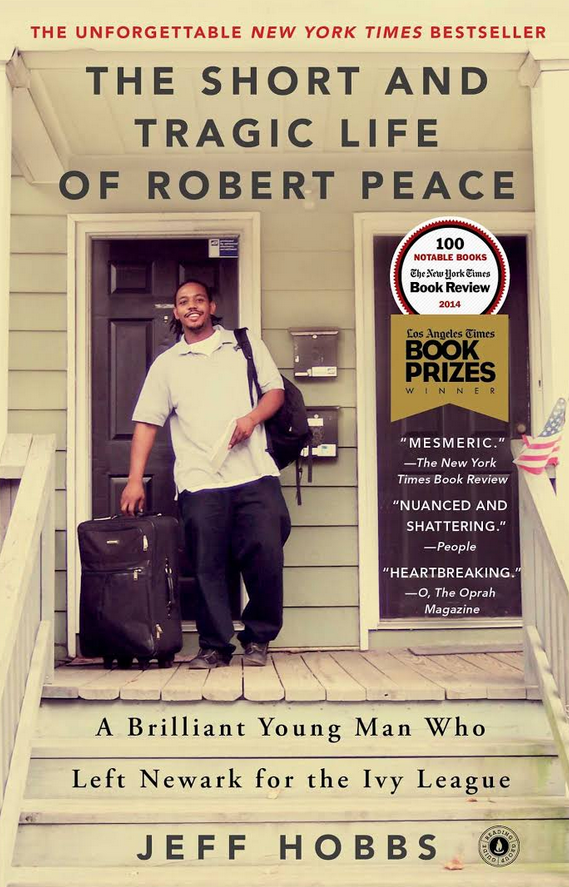
As is often the case, 30-year-old Jeff Hobbs had drifted apart from his college roommate when he learned that Robert Peace had tragically been killed. (No spoiler here as the title suggested it all). They had occasionally been in contact in the seven or eight years since they graduated from Yale. Hobbs was a budding writer with a novel under his belt. It must have been a combination of his knowing that his old roommate’s life was a story worth telling and his own grieving process that made him embark upon this project.
Once Hobbs decided to write a full book about Rob’s life, he spent about three and a half years talking to Rob’s family, especially Jackie, his mother, close friends, classmates and even some drug dealers. Hobbs basically reconstructed Rob’s life with a vivid description of events and circumstances including meaningful conversations that Rob had with various people in his life. The reader gets an insight into this young man’s intelligence and his feelings about other people. The story gives us a painting of how Rob grew up and how hard his mother worked to support him and motivate him. She worked numerous hours while also caring for her own sick mother. Rob’s close relationship with his father was very important to him. He visited his father in prison frequently for many years until his father died in prison while Rob was in college. Rob also worked even as a teenager, studying legal books to try to help his father appeal his conviction for murder for which he may have been wrongly convicted.
The reader understands Rob as a poor, very bright African-American young man who learned to navigate the streets of his New Jersey neighborhood Orange near Newark, as well as a Catholic High School and then Yale We appreciate how Rob handled the drug environment where he grew up and the mostly marijuana use that he saw at college and even became a trafficker in it. We viewed Rob at times as a scientist who studied molecular biology as a student and a researcher. We viewed him as an outstanding water polo player in high school and college and even after college, we see him struggling to find himself and plan for a possible future career at the same time that he was supporting himself by selling marijuana. He was a sensitive, empathic friend to many who was always ready to be very supportive in any way that he could.
The reader has to ask the question, did Rob’s life have to end the way that it did? It wasn’t just bad luck. There obviously were things that he could not overcome. Since this has become a popular book, it will be read by many young people including some poor bright kids like Rob, probably many African-American young men. Most will probably ask this same question, did his life have to end the way that it did? At one point while in college, he was called on the carpet by the school dean for selling marijuana. He could have been expelled but he was given a slap on the wrist and told not to do it again. We know that you can’t force people to enter therapy but I can’t help wondering if Rob had ever found his way into psychotherapy and had a meaningful relationship with a therapist, maybe he could have made the connections that might have derailed him from the bad decisions and indecision that occurred in the last year of his life.
This man obviously impacted many men and women as a teacher, coach and friend. In that way, he made a positive difference in people’s lives. This well-written book will also allow his life story to continue to influence others so the short life of Robert Peace won’t be so short after all.
To obtain this book from Amazon, please click here
Comment » | B - Biography
February 20th, 2017 — 2:56pm
Just Mercy by Bryan Stevenson
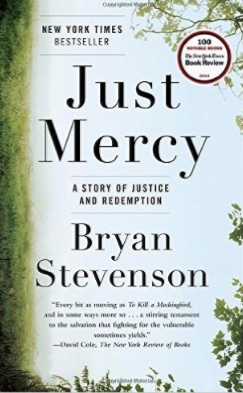 I must admit that when I started this book, I was not in favor of the death penalty, mainly because I felt there might be some isolated cases where someone might be executed when they were innocent and actually did not commit premeditated murder. Now after having read this eye-opening excellent book. I am strongly against the death penalty for many reasons. I have a much more enlightened view of the criminal justice system in the United States and the tremendous injustices brought about by mass incarceration particularly in the south, to blacks and also to children who are often tried and sentenced as if they were grown adults. I had no idea of the miscarriages of justice that occur in this country.
I must admit that when I started this book, I was not in favor of the death penalty, mainly because I felt there might be some isolated cases where someone might be executed when they were innocent and actually did not commit premeditated murder. Now after having read this eye-opening excellent book. I am strongly against the death penalty for many reasons. I have a much more enlightened view of the criminal justice system in the United States and the tremendous injustices brought about by mass incarceration particularly in the south, to blacks and also to children who are often tried and sentenced as if they were grown adults. I had no idea of the miscarriages of justice that occur in this country.
The person I have to thank for this new valuable insight is the author of this book, Bryan Stevenson. Through his writing, I learned how as a Harvard law student, he volunteered to assist a small group working in Alabama to appeal death sentences of of prisoners on death row. His interest in this work led him to devote his career to working in this area and ultimately founding the Equal Justice Institute in Alabama. He has won relief for dozens of condemned prisoners, argued five times before the Supreme Court and won national acclaim for his work challenging bias against the poor and people of color. He has received numerous awards, including the MacArthur Foundation “Genius” grant.
In this book, Stevenson allows the reader to understand in great detail how in many cases, clearly innocent people were railroaded through the criminal justice system to a guilty and death penalty sentence. Improper jury selection, failure of defense lawyers to bring in witnesses or important exculpatory evidence, prosecutors who hid important evidence from the defense and judges making improper rulings were just some of the factors which put innocent people on death row. There also were numerous examples of people being sentenced to death in prison (meaning a life sentence) often for non-homicidal crimes. There also was a description of the treatment of children to the same fate. Many of these teenage kids, sometimes 13 years old, were clearly innocent or were only peripherally involved in a non-homicidal crime but nevertheless were sentenced to death in prison via a life sentence. The predominance of these injustices occurred in southern states mainly to blacks which revealed this phenomenon as an extension of slavery in this country. Speaking of slavery, I could not believe the forced coercion that occurred in many prisons which was clearly cruel and unfair. Any failure of these prisoners to participate in such activities which might be picking cotton or operating sometimes dangerous machinery for long hours could lead to very uncomfortable solitary confinement as well as beatings and other violent attacks.
It is one thing to discuss all this issues with statistics and general statements which were then documented. In fact, seven and a half percent of this book was made up of documented lawyer-like references or citations to substantiate the terrible injustices described. However, it is even more effective when the author goes into great detail describing the history of real people whose lives are destroyed by unfair imprisonment and horrendous treatment. Mr. Stevenson’s personal interaction with many of these prisoners brings them to life in the pages of this book and makes a need to improve our justice system all the more imperative. It is also easy to empathize with his feelings not only for the innocent unfairly treated adults and children, but even those who were guilty of crimes and may deserve some punishment but also deserve our mercy.
To obtain a copy of this book on Amazon, please click here
2 comments » | AM - Autobiography or Memoir, O - Other - Specify, P - Political
February 12th, 2017 — 12:01am
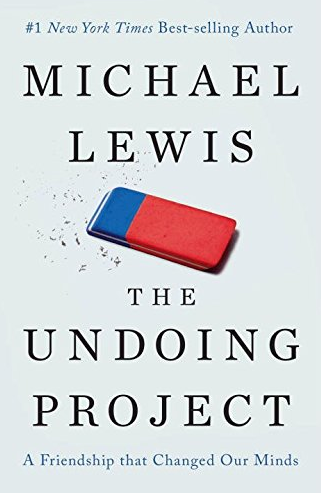 The Undoing Project: A Friendship That Changed Our Minds by Michael Lewis
The Undoing Project: A Friendship That Changed Our Minds by Michael Lewis
Michael Lewis is a popular writer who has written best-selling books on interesting economic issues. Two-and-a-half years ago in 2014, I reviewed Flash Boys where he provided a fascinating insight into the crafty manipulations of ultra-fast electronic trading. Another favorite book of mine was Moneyball (2003) where Lewis told the story of how computerized statistical analyses were changing how sport franchises were being run. He was also known for The Blind Side (2006), The Big Short (2010) and Liar’s Poker (1989), as well as several other books dealing with various aspects of Wall Street.
This time he takes on the story of two Israeli psychologists, Daniel Kahneman and Amos Tversky who through scientific evidence-based research provided unique insight into the human decision-making processes. They showed how human logic is often not very “logical”.
Prior to elaborating on their fascinating collaboration, Lewis traced each of their lives. Although they were both outstanding heroes in intellectual university circles and in the military service in the Israeli armed forces during wartime, they had contrasting personalities. This book provides a study of each of them. One was an extrovert and the other was an introvert who was a fugitive from the Nazis in his childhood. As their collaboration matured, they were a couple who could finish each others’ sentences and were never sure which of them had originated a particular idea. This was particularly interesting because when prizes including a Nobel Prize were being handed out later in their careers, one was much more favored than the other.
One of the fun parts of the book is that in some of their groundbreaking experiments in which they asked their subjects relatively simple questions about predicting “so-called random behavior,” the reader of this book is provided with some of these questions and asked to give his or her answer, and you can then you are shown the defects in your thinking.
The far-reaching implications of much of their work, is illustrated by the wide range of business and government agencies who sought their advice. One example was the airline industry who wanted help in preventing mistakes in logic made by airline captains during an emergency which led to fatal air crashes. Their solution was that you cannot prevent the mistakes in logic that the commander of a plane might make it an emergency situation, but you could change the cockpit culture where no one was allowed to disagree with the captain especially in an emergency.
I did feel that some of the dismissal of psychoanalytic theory by the brilliant duo did not appreciate that such theory was never meant to predict human behavior but rather to understand it in retrospect and therefore find a process to relieve psychological suffering.
Overall this book was as a worthwhile experience as were Lewis’ other books which I have read. It was quite enlightening and most enjoyable.
To obtain a copy of this book on Amazon, please click here
2 comments » | E- Economic
February 6th, 2017 — 3:29pm
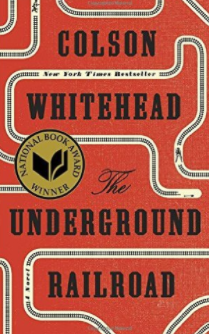 As any student of US history would know, there was not an actual “underground railroad” where slaves could ride a train and escape to the north or to the west where they could be free. Rather the term was used for men and women, black and white who risked their lives and developed an “underground” network where fleeing Blacks could be hidden and sheltered as they sought to be free of slavery and oppression that existed in this country.
As any student of US history would know, there was not an actual “underground railroad” where slaves could ride a train and escape to the north or to the west where they could be free. Rather the term was used for men and women, black and white who risked their lives and developed an “underground” network where fleeing Blacks could be hidden and sheltered as they sought to be free of slavery and oppression that existed in this country.
Colson Whitehead, the author of this book turns this metaphor into an actual train which would have the potential to ferry people to freedom. However, the very clear message of this book is that there was essentially no pathway to freedom in our country during this shameful period of US history. We see not only for slavery in the cotton fields and other areas of hard labor but also domestic slavery in the most “genteel” homes. We are reminded of the historical truth of the “breeding” of slaves, since children who grew into adult slaves had monetary value to their “owners.” There can be no denial of the brutal treatment of black slaves who were beaten and raped at will. The concept of so-called “ownership” of another person is explored at length in this book as we are introduced to the “slave catchers”. These are people who chase and trace slaves and bring them back to their “owners” for a large reward (often plus “expenses”). These bounty hunters have no border restrictions and were free to do their work in any part of the United States. As we were reminded of in the outstanding book and movie “12 Years a Slave” there were no safe zones in any part of the United States even in New York and in New England. Perhaps there were some so-called “black freemen” in some states but in additional to prejudice and discrimination which they faced, there was always the possibility of being kidnapped and sold into slavery.
As is often the case with a great novel, the author tells his or her story through the eyes of one or more characters. There were several people in the book who gave this reader the opportunity to understand their experiences. Most meaningful to me was to inhabit Cora, a young black girl who eventually “rode the railroad” and her mother Mabel, who abandoned Cora at a young age and made her attempted run for freedom.
Then there is the question of what would I do if I lived in that period and have the opportunity to hide a fleeing slave or perhaps a persecuted Jew in Nazi Germany, and in both cases knowing that if I were discovered it would mean death to me and my family. The author allows us to get some insight into such people who chose to be part of the “underground railroad”.
To obtain a copy of this book from Amazon, please click here
Comment » | FG - Fiction General


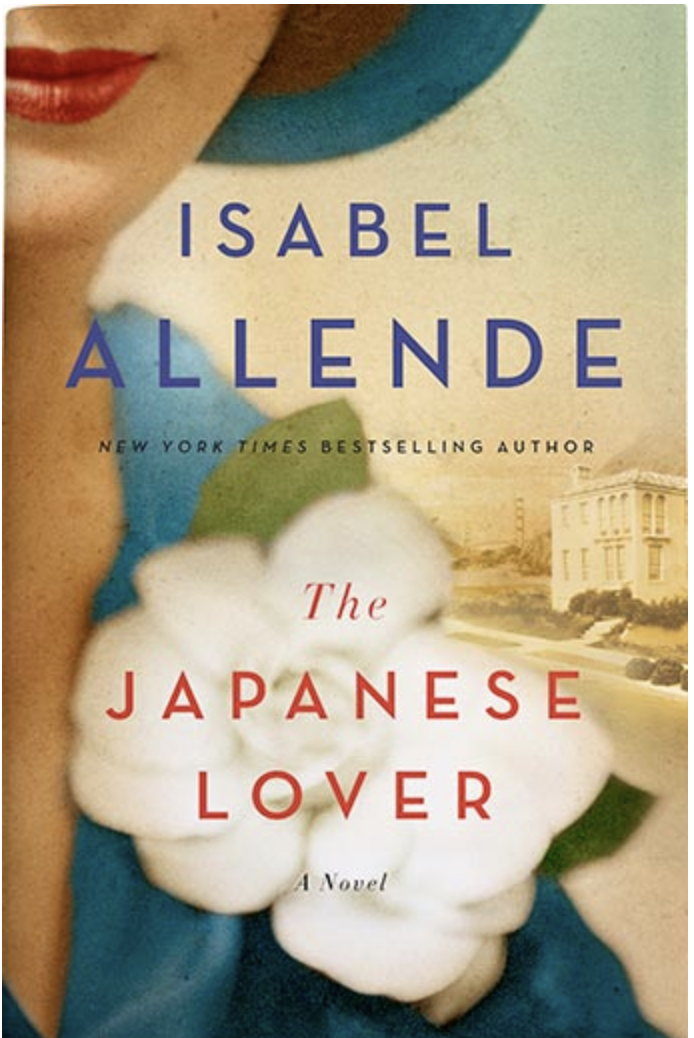
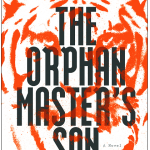
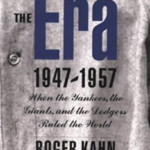

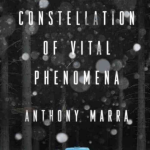



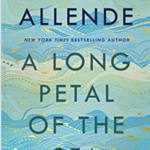
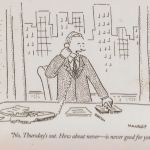



 I must admit that when I started this book, I was not in favor of the death penalty, mainly because I felt there might be some isolated cases where someone might be executed when they were innocent and actually did not commit premeditated murder. Now after having read this eye-opening excellent book. I am strongly against the death penalty for many reasons. I have a much more enlightened view of the criminal justice system in the United States and the tremendous injustices brought about by mass incarceration particularly in the south, to blacks and also to children who are often tried and sentenced as if they were grown adults. I had no idea of the miscarriages of justice that occur in this country.
I must admit that when I started this book, I was not in favor of the death penalty, mainly because I felt there might be some isolated cases where someone might be executed when they were innocent and actually did not commit premeditated murder. Now after having read this eye-opening excellent book. I am strongly against the death penalty for many reasons. I have a much more enlightened view of the criminal justice system in the United States and the tremendous injustices brought about by mass incarceration particularly in the south, to blacks and also to children who are often tried and sentenced as if they were grown adults. I had no idea of the miscarriages of justice that occur in this country. The Undoing Project: A Friendship That Changed Our Minds by Michael Lewis
The Undoing Project: A Friendship That Changed Our Minds by Michael Lewis As any student of US history would know, there was not an actual “underground railroad” where slaves could ride a train and escape to the north or to the west where they could be free. Rather the term was used for men and women, black and white who risked their lives and developed an “underground” network where fleeing Blacks could be hidden and sheltered as they sought to be free of slavery and oppression that existed in this country.
As any student of US history would know, there was not an actual “underground railroad” where slaves could ride a train and escape to the north or to the west where they could be free. Rather the term was used for men and women, black and white who risked their lives and developed an “underground” network where fleeing Blacks could be hidden and sheltered as they sought to be free of slavery and oppression that existed in this country.